Midas Civil: Cable Stayed Bridge - Octávio Frias de Oliveira Bridge

Author: Edgar de los Santos
Publish Date: 16 Aug, 2021
The Octávio Frias de Oliveira Bridge is a structure made up of cable-stayed bridges supported by a single tower that connects Marginal Pinheiros with Avenida Jornalista Roberto Marinho in the city of São Paulo.
Table of Contents:
Main Features
History and Project Description
Important Aspects
Project Application in midas Civil
Main Features
Project name: Octávio Frias de Oliveira Bridge
Location: São Paulo, Brazil
Company: Enescil Engenharia e Projetos Ltda
Engineer: Eng. Catão F. Ribeiro; Eng. Heitor Afonso Nogueira Neto
Types of analysis used:
-Post-tensioned analysis
-Staged tensioning
Program used: midas Civil, MIDAS 'integrated solution for bridges. Learn more
Height: 138.0 m (452.75 ft)
Year of inauguration: 2008
History Project Description
The Octávio Frias de Oliveira Bridge is a structure made up of cable-stayed bridges supported by a single tower that connects Marginal Pinheiros with Avenida Jornalista Roberto Marinho in the city of São Paulo. It is very particular because, during its conception, it underwent essential changes in terms of its structural system and architecture.
A flagship project of the city
Considering, on the one hand, the importance of bridges in the development of a country, and on the other, how iconic they can become, within the preliminary designs, it was considered to build two independent cable-stayed bridges with two symmetrical 143 m (469 ft) spans each. In this design, each board rested on its tower.
Figure 1. Preliminary design
Each curved deck needs one inclined mast to be balanced.
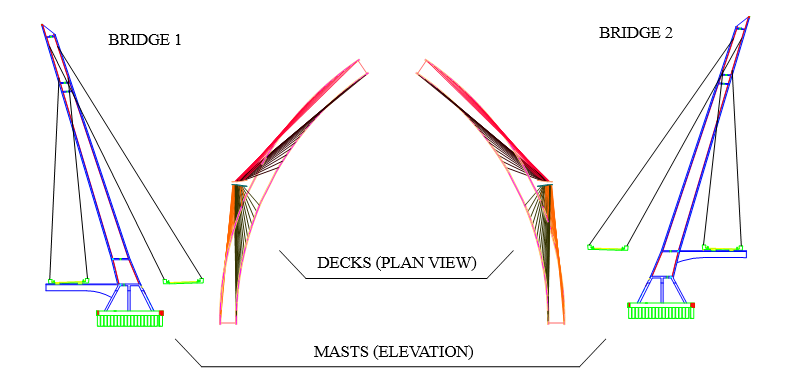
Figure 2. Deck Plan View & Mast Elevation View
Due to this structural necessity, an X-shaped tower was proposed where the overlapping of the decks happens just right below the tower; the inclined masts intersect, bracing each other.
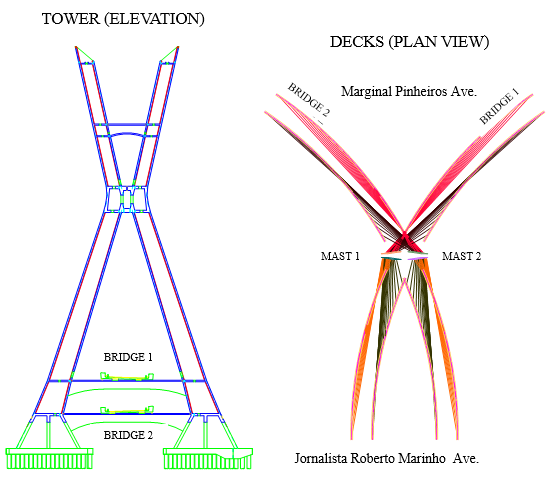
Figure 3. X-shaped tower proposed
For the design of the foundations, local interference was considered such as:
- Electricity transmission lines
- Water conduction canals
- River Pinheiros
- Railway lines
- Marginal Pinherios Avenue
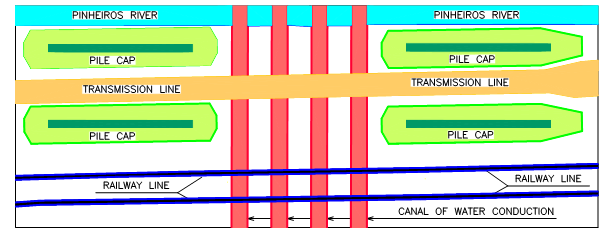
Figure 4. Foundation's local interference
Each pile cap has 28 excavated piles with Ø130cm and ten root piles with Ø 41cm.
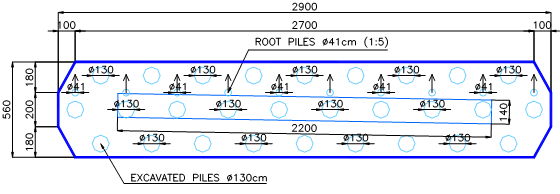
Figure 5. Excavated piles & root piles
Video 1. Preliminary design & final design
This structure was developed mathematically from the Fibonacci sequence and designed using DaVinci's Vitruvian Man as a source of inspiration.
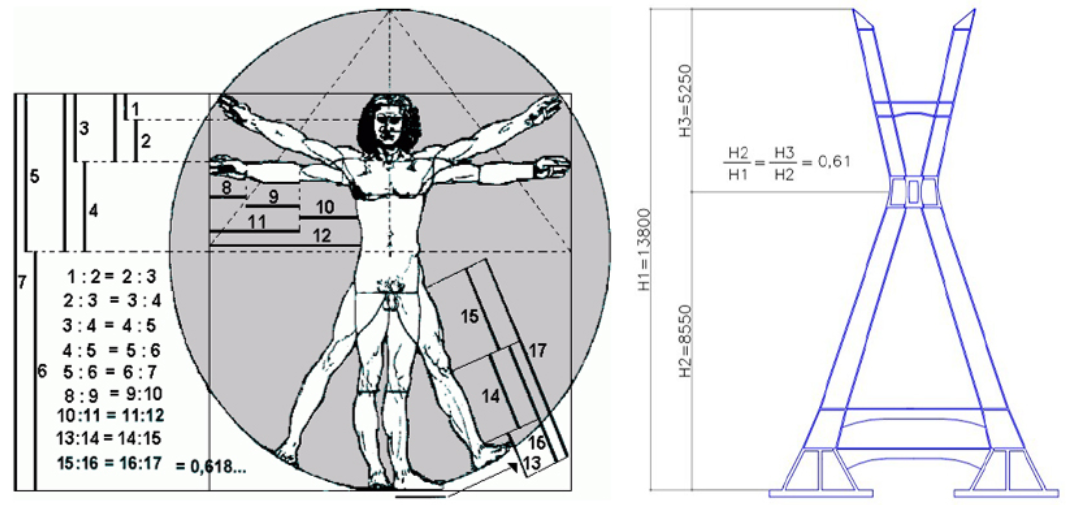
Figure 6.Vitruvian Man & "Vitruvian" tower comparison
Important Aspects
Both cable-stayed decks are supported by one single tower. The inclination is necessary to minimize the torsional effects due to permanent loads and assure the 6 m vertical clearance between the cables and carriageway.
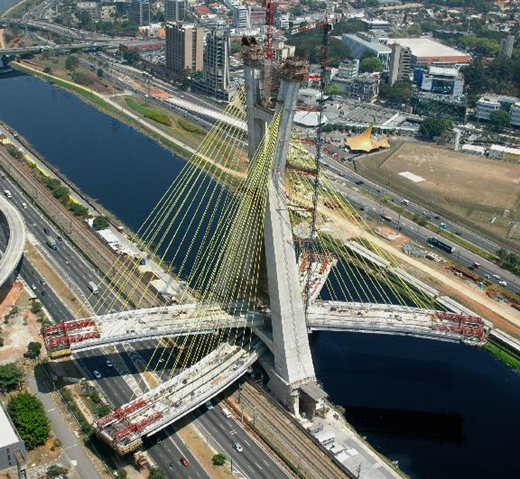
Figure 7. Octávio Frias de Oliveira Bridge under construction
The bridge has an elevated height of 138 m (452.75 ft) compared with other cable-stayed bridges with the same span; however, the engineers must assure vertical clearance of 6 m (19.7 ft) between the carriageway and the cables.

Figure 8. Octávio Frias de Oliveira Bridge Tower
The cables have a unique spatial arrangement due to the deck's curvature and tower inclinations. The structure has 18 pairs of cable stays in each of the four spans for 144 cables. Furthermore, steel consumption is 374,350 m (1,228,182 ft) of strand and 462 tons of steel.
Project Application in midas Civil
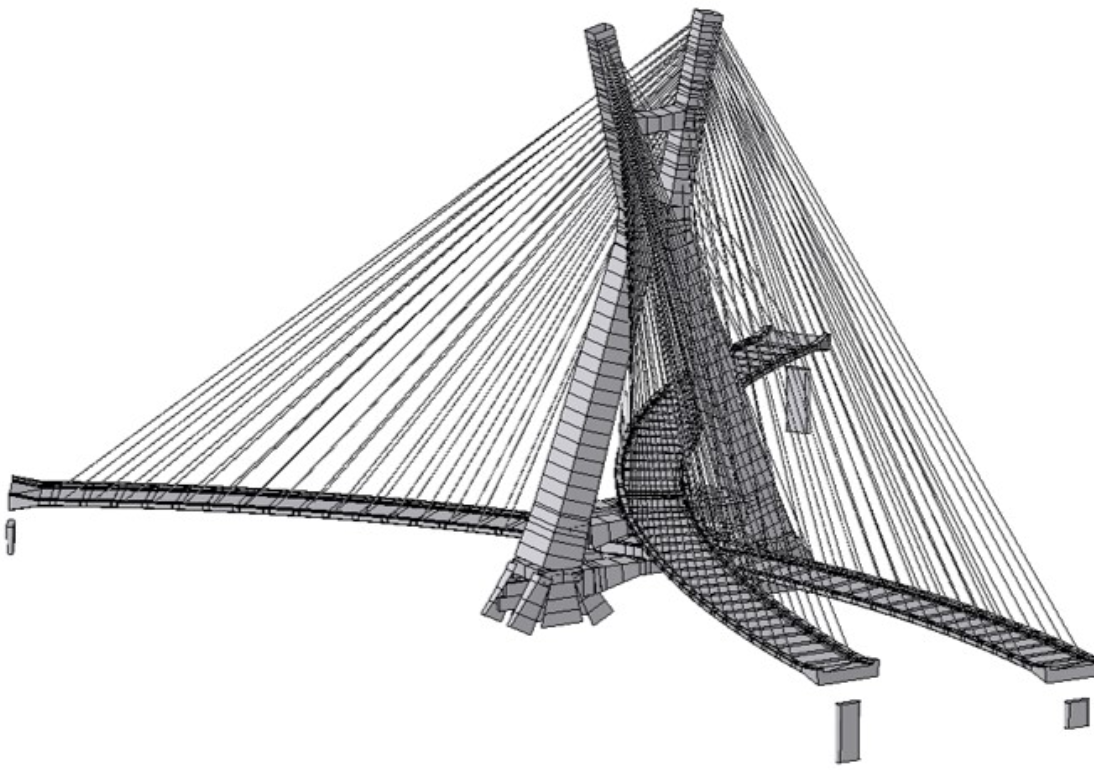
Figure 10. Midas Civil render (Isometric view)
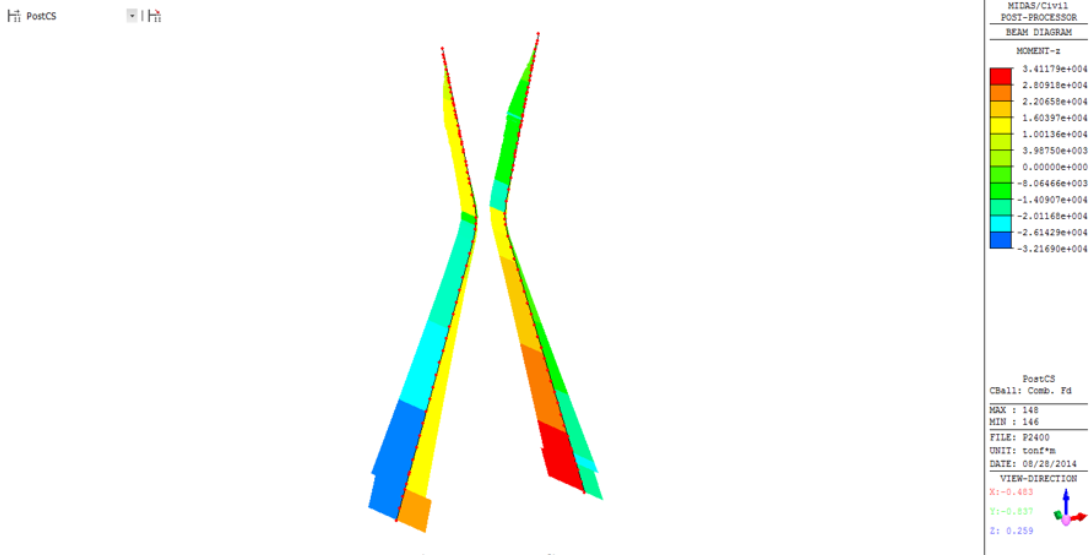
Figure 11. U.L.S. Mz enveloped for the tower elements (Isometric view)
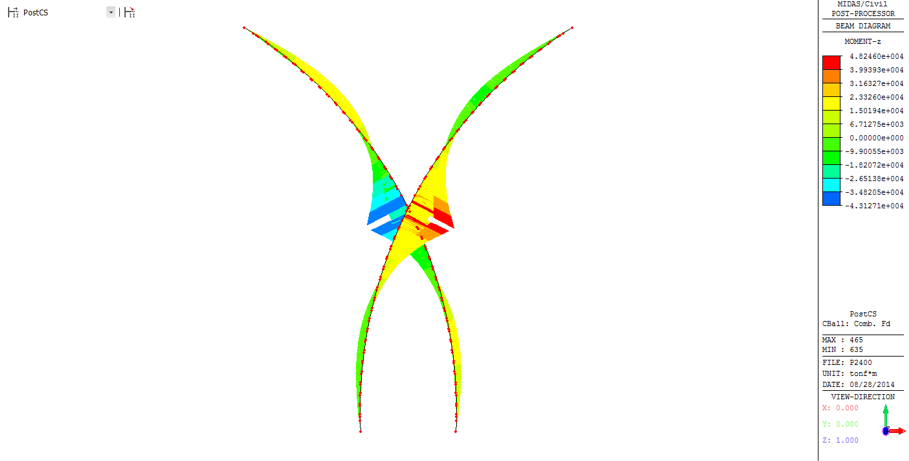
Figure 12. U.L.S. Mz envelope for the deck elements
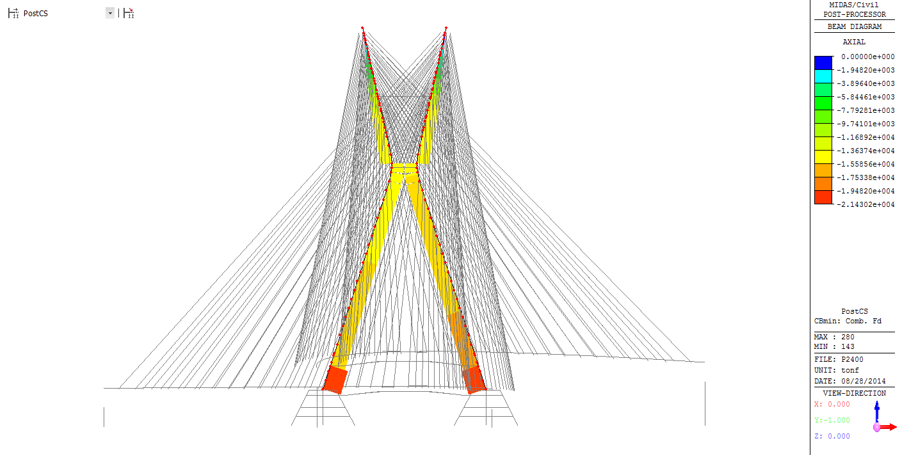
Figure 13. U.L.S. Fxmín. envelope for the tower elements (right)


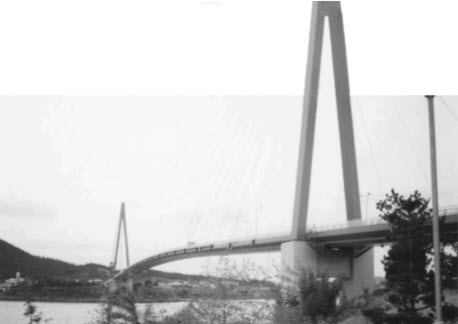
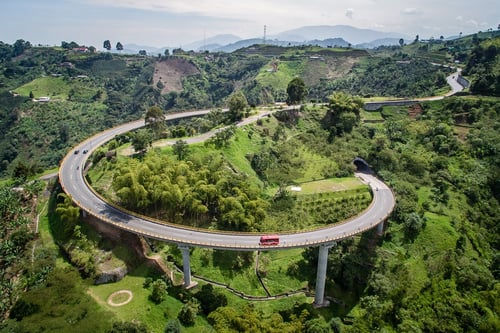
Add a Comment